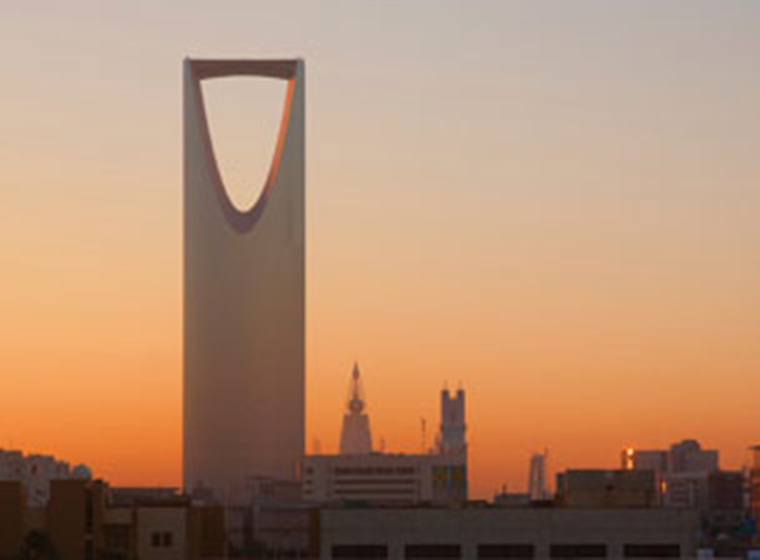Published: April 10, 2012
Saudi banks are rolling in riyals. That might not be enough to plug the hole left by retrenching European lenders.
On the face of it, Saudi Arabia should have little to fear from the expected withdrawal of European banks from Gulf economies. Money from German, French, British, Spanish and Italian banks totals about 10% of the kingdom’s GDP, compared with almost 30% in the United Arab Emirates.
But there’s a longer-term threat linked to longer-term lending, and it’s a danger that Saudi’s banks will be particularly aware of. If Western lenders retreat from the market, their support of the kingdom’s varied and ambitious infrastructure projects will be sorely missed – and Saudi banks may struggle to provide a viable alternative.
Based on the bottom line, Saudi banks are in good shape. Bank Aljazira, an Islamic lender, produced profits of SAR303mn (US$80mn) in 2011, an enormous 945% rise on 2010. Profits at NCB, the kingdom’s biggest bank, rose by 27% to hit SAR6bn. Al Rajhi Bank saw a 9% increase to SAR7.2bn. Across the sector, profits rose by almost 27% last year according to the Saudi Arabian Monetary Agency, the kingdom’s central bank.
Investors are impressed: the banking sector accounted for much of a market rally that took the Tadawul exchange to a three and a half-year high in late March. This year should remain busy – analysts at NCB Capital, a Saudi investment bank, expect banks to focus on their retail businesses and to achieve loan growth of some 12%. More than half of Saudis are under the age of 30, they add, boosting demand for banking services in underdeveloped regions.
Retail lending is all well and good. Lending on a larger scale, however, could prove problematic. Saudi Arabia has a vast amount of infrastructure development underway, including power stations, roads and railways. As more projects join the pipeline, the question of who pays for them becomes more pressing.
Historically, European and Western banks have picked up the bill. If some now lessen their local lending to shore up their own balance sheets, Saudi banks may prove ill-equipped to replace them. The problem lies with maturities rather than money – most Saudi banks raise funds from short-term deposits, meaning that lending over 10 or 15 years to back an infrastructure deal could leave them with an intimidating liquidity mismatch.
Khalid Howladar, senior credit officer in Moody’s financial institutions group, believes many Saudi banks will be encouraged by the government to back longer term projects as they dominate the economy, “even though they can’t really match the funding tenor of these loans appropriately”. But there will be alternatives – Asian banks and export credit agencies remain keen to support their regional infrastructure companies, which are striking rising numbers of project finance deals in the Middle East.
Saudi sponsors themselves, meanwhile, may be able to tap other sources of funds; the Saudi Electricity Company is preparing to launch its first dollar-denominated sukuk, for example. Few would fear that the kingdom’s infrastructure projects will go unfunded. Local lenders’ involvement, though, remains to be seen.


